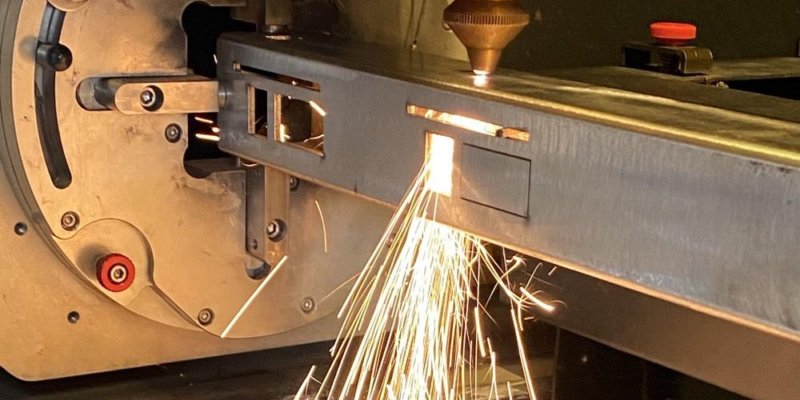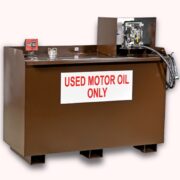Manufacturing firms in Perth are changing how they transform raw materials into finished goods. For example, some businesses now use lasers to cut workpieces instead of a sharp tool bit.
It is known as laser cutting and entails making one or more holes in a workpiece with an intense laser. The heat from the laser is intensified and directed by optics to the part of the workpiece that needs to be cut.
Many manufacturing facilities use laser cutting in Perth technology to increase production in less time. There are many ways that laser cutting is beneficial for manufacturing, in addition to increasing output.
Benefits of Laser cutting in Manufacturing Units in Perth
Cutting is a typical task carried out in the manufacturing sector.
Cutting is frequently necessary for materials as well as preassembled workpieces. Some manufacturing companies use cutting shears, but newer, more sophisticated techniques like laser cutting are also used.
By exposing materials and workpieces to a powerful laser, laser cutting in Perth lives up to its name by cutting through it. For businesses in the manufacturing industry, it offers the following benefits.
- Extensive energy consumption is mitigated
Laser cutting is considered more energy efficient than many other cutting techniques, though it still requires energy. It enables cutting operations to be completed quickly and simply by manufacturing companies. Laser cutting typically uses less energy than other cutting processes because of the high operating speeds.
- Accuracy
Laser cutting is remarkably precise. Manufacturing businesses can use it to precisely cut through materials to achieve desired dimensions. Some laser cutting machines have accurate measurements within about 0.0005 inches. That is much more accurate in dimensions than conventional cutting techniques like shears. Manufacturers in Australia frequently choose laser cutting because of its high level of precision.
There are various kinds of laser cutting equipment. Some use neodymium (Nd) lasers, while others use CO2 lasers. They can all cut through materials with incredible precision, regardless.
- Automation Friendly
Automated laser cutting is possible. Computer Numerical Control (CNC) systems are supported. A computer programme is used in conjunction with CNC laser cutting equipment. On a computer, the cutting procedure can be programmed. Following those instructions, the laser cutting device will cut the material in accordance with your specifications.
Smooth Finish
The creation of smooth edges by laser cutting is another benefit of manufacturing. Of course, traditional cutting shears frequently produce jagged edges. When you use a pair of shears to cut a piece of material, the edges will be distorted and sharp. This issue does not exist with laser cutting. It will melt the material because it uses heat, resulting in smooth edges.
Types of Lasers Cutting
Fusion, flame, and remote cutting are the three main types of laser cutting.
In fusion cutting, molten material is forced out of the workpiece using an inert gas, usually nitrogen. Since nitrogen gas does not interact exothermically with the molten substance, it does not add to the energy input.
Oxygen is used as the assist gas in flame cutting. This causes an exothermic reaction that boosts the process’s energy input in addition to applying mechanical force to the molten substance.
Remote cutting eliminates the need for assist gas by partly evaporating (ablating) the material with a high-intensity laser beam.
Conclusion
There are a lot of technologies that manufacturing industries are adapting over time for more growth and productivity. However, laser cutting in Perth is one of the most significant inventions that has given the word cutting a workpiece in manufacturing a new meaning.













